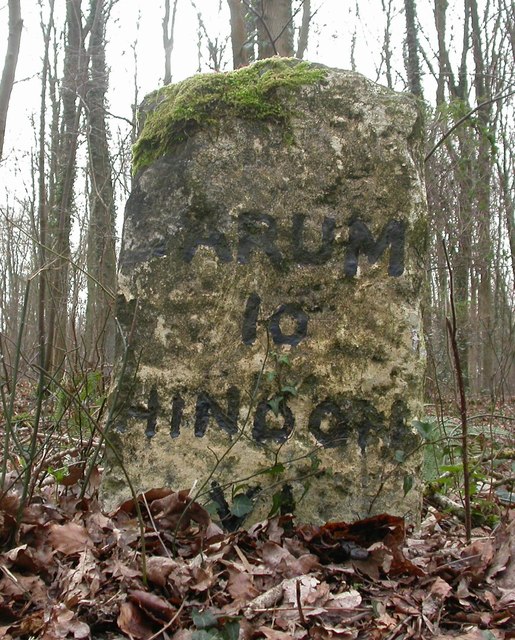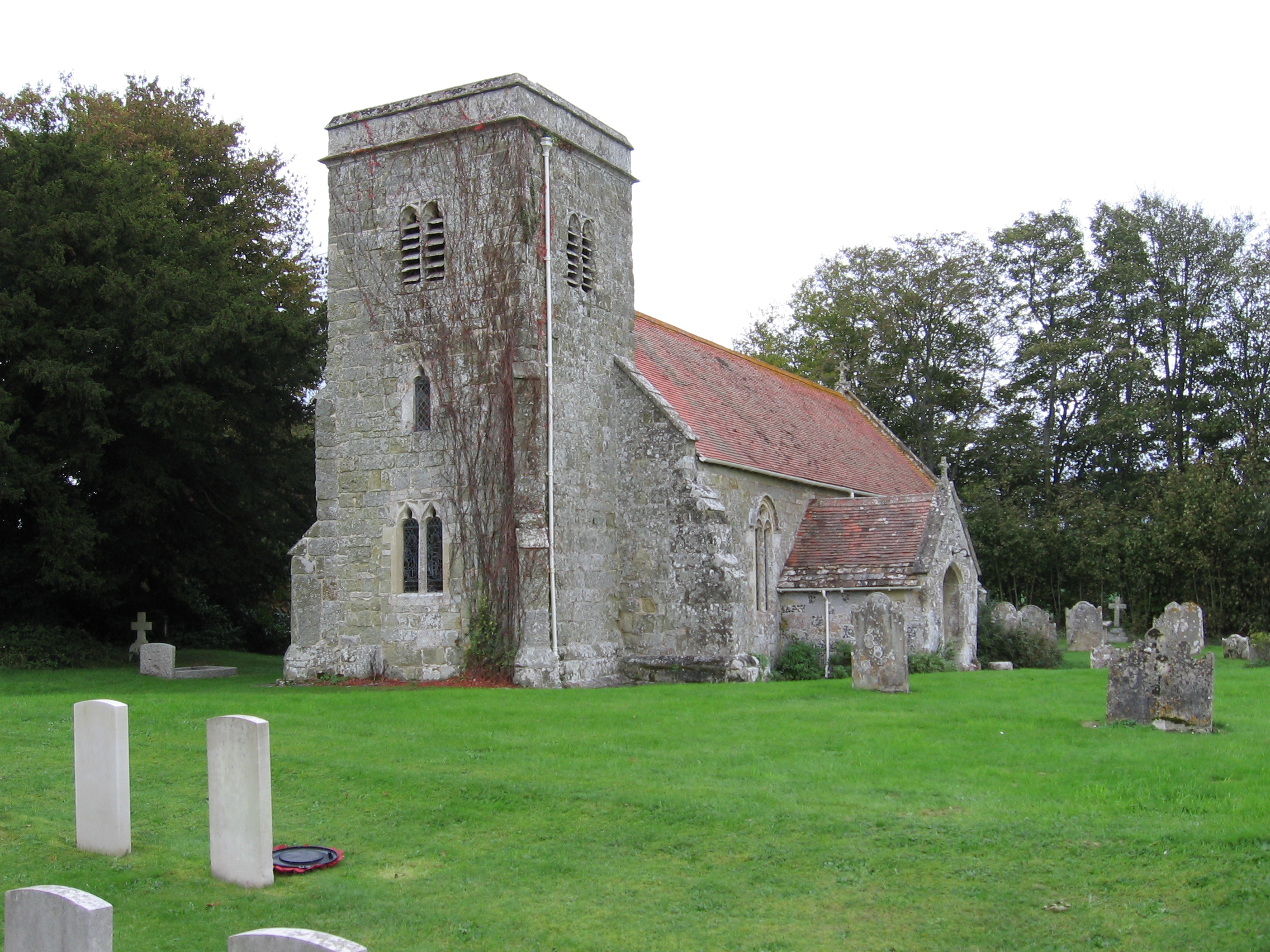Hyde's Copse
Wood, Forest in Wiltshire
England
Hyde's Copse

Hyde's Copse is a picturesque woodland area located in the county of Wiltshire, England. Stretching across approximately 100 acres, this ancient forest is a haven for nature enthusiasts and tranquility seekers alike.
The copse is characterized by a diverse range of tree species, including oak, beech, and ash, which create a dense canopy that provides shelter for various wildlife species. The forest floor is covered in a lush carpet of ferns, bluebells, and wildflowers, adding to the enchanting atmosphere of the woodland.
The copse is crisscrossed by a network of well-maintained walking trails, allowing visitors to explore the area and immerse themselves in its natural beauty. These paths lead visitors past towering trees, babbling brooks, and peaceful ponds, providing ample opportunities for birdwatching and wildlife spotting.
Hyde's Copse is also known for its rich history. It is believed that the woodland has existed since at least medieval times and has served as a valuable resource for the local community throughout the centuries. The copse was once used for timber production and charcoal making, highlighting its historical importance.
Today, Hyde's Copse is managed by a local conservation organization, which ensures the preservation of its natural features and promotes sustainable woodland practices. The copse is open to the public year-round, offering a serene escape from the hustle and bustle of modern life.
Overall, Hyde's Copse in Wiltshire is a captivating woodland destination that showcases the beauty of nature and provides a glimpse into the rich history of the area.
If you have any feedback on the listing, please let us know in the comments section below.
Hyde's Copse Images
Images are sourced within 2km of 51.088348/-1.9813311 or Grid Reference SU0132. Thanks to Geograph Open Source API. All images are credited.






Hyde's Copse is located at Grid Ref: SU0132 (Lat: 51.088348, Lng: -1.9813311)
Unitary Authority: Wiltshire
Police Authority: Wiltshire
What 3 Words
///pranced.majority.dawn. Near Dinton, Wiltshire
Nearby Locations
Related Wikis
Philipps House
Philipps House (until 1916 Dinton House) is an early 19th-century Neo-Grecian country house at Dinton, overlooking the Nadder valley about 8 miles (13...
Dinton, Wiltshire
Dinton is a village, civil parish and former manor in Wiltshire, England, in the Nadder valley on the B3089 road about 8 miles (13 km) west of Salisbury...
Dinton railway station
Dinton railway station is a disused railway station which formerly served Dinton in Wiltshire, England. It was situated on the West of England Main Line...
Dinton Railway Cutting
Dinton Railway Cutting (grid reference SU008309) is a 2,600 square metre geological Site of Special Scientific Interest in Wiltshire, notified in 1990...
Baverstock
Baverstock is a small village and former civil parish, now in the parish of Dinton, in Wiltshire, England, about 7 miles (11 km) west of Salisbury. The...
Dinton Quarry
Dinton Quarry (grid reference SU006308) is a 3,000 square metre geological Site of Special Scientific Interest in Wiltshire, notified in 1990. This long...
Teffont
Teffont is a civil parish in the south of Wiltshire, England, consisting of the villages of Teffont Magna and Teffont Evias. It is in the Nadder valley...
Teffont Evias
Teffont Evias is a small village and former civil parish, now in the parish of Teffont, on the Nadder valley in the south of Wiltshire, England. Edric...
Have you been to Hyde's Copse?
Leave your review of Hyde's Copse below (or comments, questions and feedback).


















